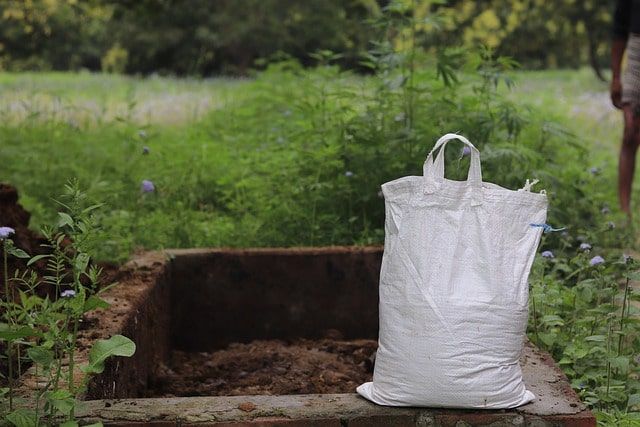Composting: making a better use of organic waste
Composting organic waste is a process that modifies kitchen garbage, and branches and leaves from pruned trees in parks and streets, through the decomposing action of microorganisms to convert it into useful organic fertilizer.

Some 40% of the waste in our homes is organic waste, consisting of food scraps, fruit and egg shells, used napkins, tea bags, leaf litter, gardening waste, etc. In towns and cities, this waste is generally deposited in open dumps or landfills, which are pits for burying waste.
In landfills, waste favors the emergence of microbes that cause the development of future diseases. Landfills, on the other hand, have the disadvantage that waste does not decompose and remains "mummified" forever. Some years ago, a piece of lettuce was extracted from an old landfill, more than forty years old, completely intact, with no trace of decomposition. However, organic waste could cease to be a problem and become a coveted resource: compost.
Compost is the result of a process of decomposition and transformation of organic compounds. The degradation is carried out by the action of tiny organisms such as fungi and bacteria, which are found in the soil, air, and water, and the material obtained can be used as fertilizer for plants.
How is composting done?
Composting can be done by digging a hole in your garden or by using compost bins. To start this process you will need to separate the organic waste from the rest of the waste on a daily basis. Organic wastes that you can use for composting are raw fruit and vegetable waste, eggshells, tea bags, tortillas, bread, etc. It is important to avoid cooked food, meat, and bones to keep the area free of rodents or other unwanted pests.
In a family of five people, the bin with organic waste fills up in about three days. When the bin is full you can start composting. Place your garden waste in the compost bin No. 1. If you don't have a garden, add a first layer of soil. Add a second layer consisting of the organic waste you collected in your kitchen. Avoid adding cooked food, meat and bones. Finally add a third layer of soil to avoid the appearance of flies and bad odors. It is recommended to sprinkle on this third layer a little lime to reinforce the function of the soil.
This is done successively each time the kitchen container is filled. It is very important to keep these layers moist, watering them from time to time, and to stir them gently to aerate them and allow better development of microorganisms. When the compost bin No. 1 no longer holds anything, use bin No. 2. Approximately three months after the first layer of waste has been deposited, you can recover a very fertile soil by removing the bottom board from the bin. This soil can be used in your pots and in your garden. There are many types of compost bins. Make one that has aeration, a lid, and can be opened at the bottom to remove the compost.
What are the advantages of composting?
The advantages are many. On the one hand, household waste is reduced and a rich soil is obtained that can be used in the fertilization of plants. On the other hand, the separation of organic waste from inorganic waste such as plastic, glass bottles, cans, etc., allows the latter materials not to be contaminated and to be reused or recycled.
In large organizations, composting has been done on a large scale for some years. Their gardens all provide tons of waste such as litter, branches, grass clippings, which instead of being burned and polluting, are reused and transformed into compost. Also, composting in schools could be very instructive for the students and, at the same time, represent a source of fertilizer for the gardens.




